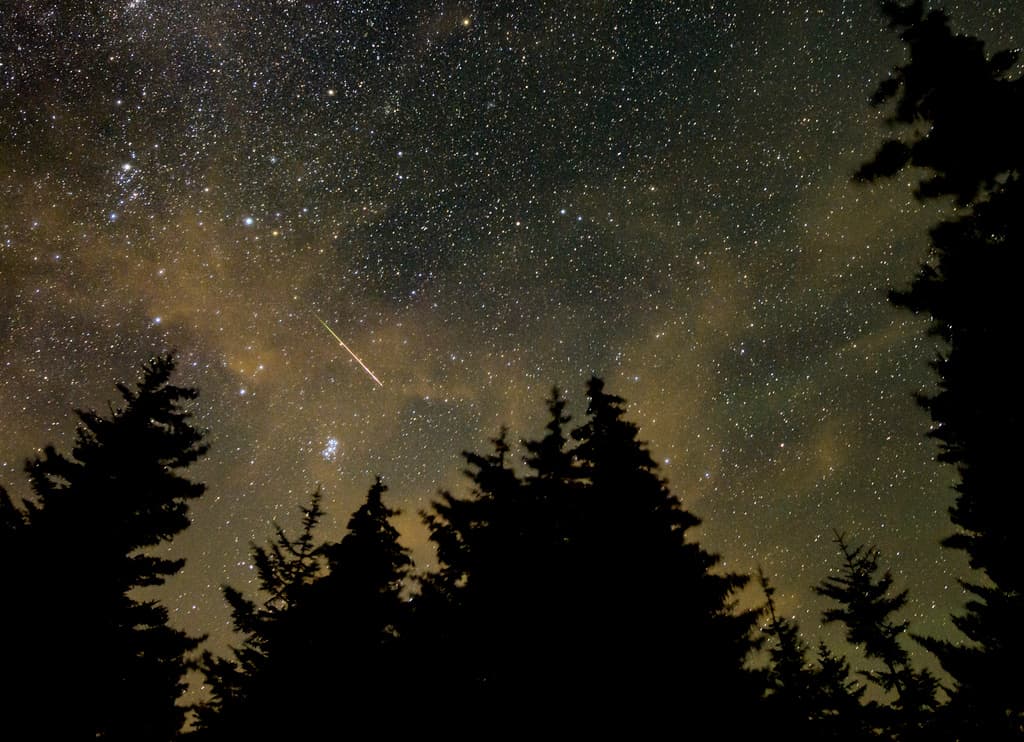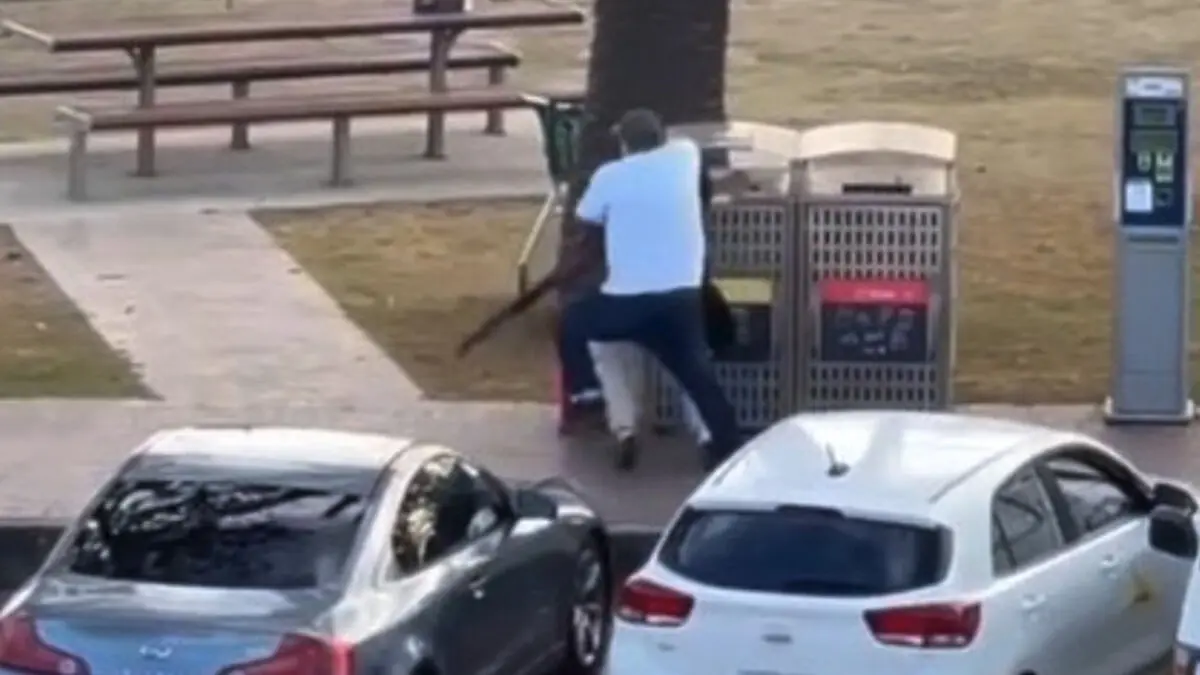The Perseid meteor shower is an annual event that occurs between August 11-13, and is caused by the Earth's atmosphere colliding with a dust cloud from a comet.
It's small, small particles that rush into the Earth's atmosphere at very high speed. When they collide with the atmosphere, they burn up and leave behind a trail of light, which we call meteor showers. It has nothing to do with falling stars, says Peter Linde, associate professor of astronomy at Lund University and chairman of both the Swedish Astronomical Society and the Astronomical Society Tycho Brahe.
Those who want to take part in the spectacle should head out to a dark area on Monday and Tuesday night, where general lighting does not disturb.
If you're in a really good and dark spot, you can see several dozen per hour. But it requires clear weather.
Tycho Brahe Observatory in southeastern Malmö is hosting an open house to view the Perseid meteor shower, something that according to Linde is usually appreciated.
As astronomers, we think it's very nice when the general public gets the opportunity to take an interest in looking at the starry sky. You get the chance to wonder what's happening out in space, and that's very valuable.
1. Dark location
The meteor shower can be seen throughout Sweden. Most important is to find a dark location and that it's not cloudy.
2. Visible late in the evening
The best time to see the shower is late in the evening, when it has become dark enough. In Skåne, you should be able to see the meteor shower from 10 pm, but it's best seen during the small hours, before sunrise.
3. No equipment required
No equipment such as binoculars or telescopes is required to see the shower, it's best seen with the naked eye.
But if you're sitting outside, it's a good idea to bring a blanket to keep warm, says Linde.





